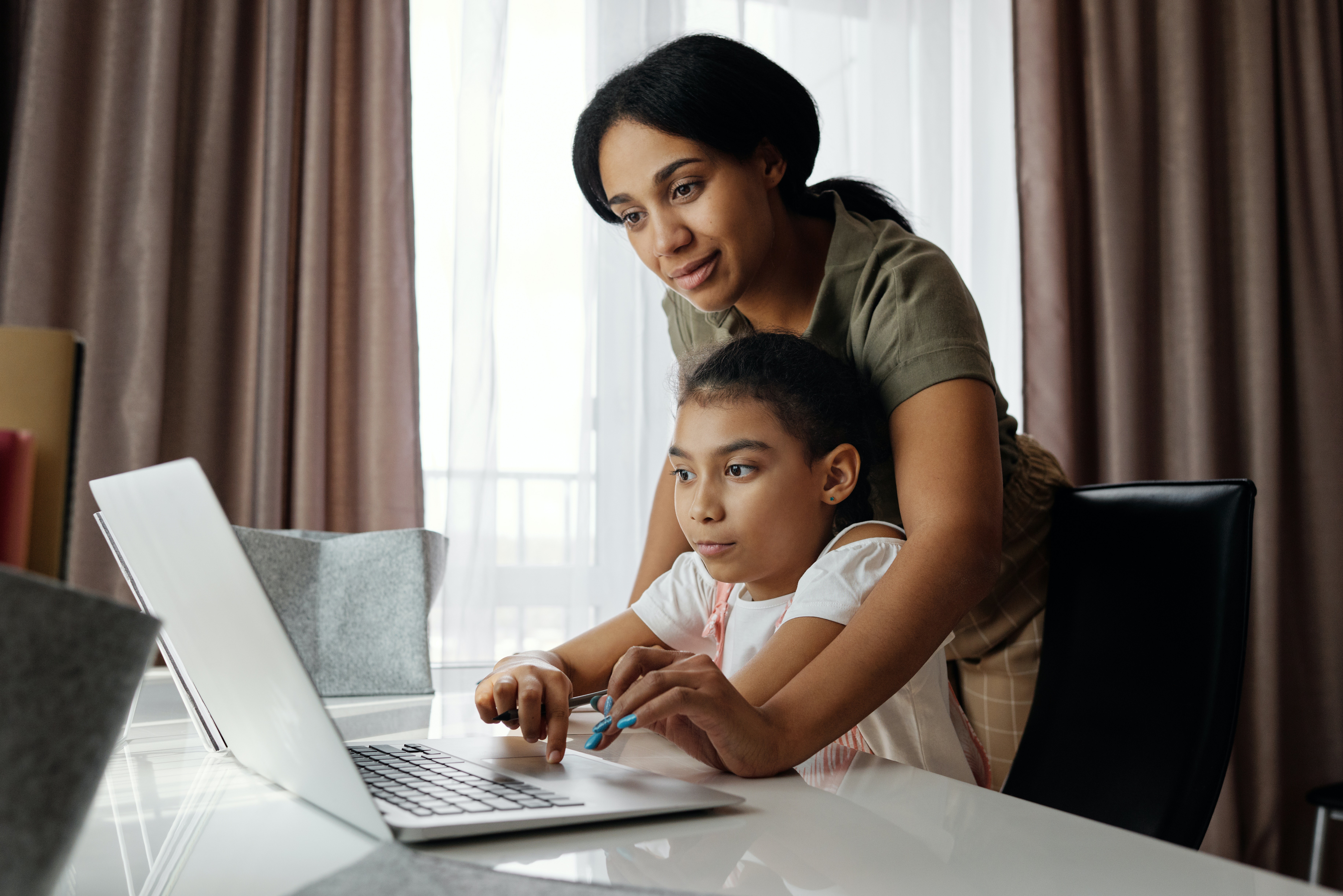The school year has commenced for students across the country and many are navigating the newness of distance (virtual) learning. For years we have pried our children away from screens, encouraging face-to-face social interaction and now we are being asked to buy computers, desks, and find spaces within our homes so our kids have the best chance at success this academic year.
Parents are facing the brunt of such an obstacle. Even if given the opportunity to work from home, every parent knows that the convenience is far outweighed by the constant—mostly welcomed because they are so cute—interruption. And to top it off, parents must take on the role of the teacher, ensuring their students are getting their work done in a timely manner, logged in to their classroom Zoom call on time, and helping them develop skills to understand the curriculum.
There is no doubt that parenting during COVID-19 is tough. Many parents will choose the option to continue virtual learning for the health and safety of their families. But how can we be sure that we are being effective parents, teachers, and role models for our favorite students? Here are five tips to help you best navigate distance learning and ensure your child is on the path to success.
- Be encouraging
Research suggests that when parents are engaged and actively participate in their child’s learning, they have greater academic success. One study shows that simply discussing learning and school-related issues benefit the child’s overall achievements.
Encourage your child to learn and grow. Show them the benefits of learning in ways that speak to them. For example, if your child is an avid gamer, take time to research the great careers they could have in programming, game design, or IT, then share with them that what they are learning in class right now is simply a stepping stone to learning something greater.
- Reduce distractions
If you are one of roughly 40% of Americans currently working from home, and you are a parent, you understand how easily distractions come about. Try to reduce distractions within the household, such as other siblings and pets being present, family members taking conference calls in the same room, or electronic devices. Remember to set ground rules that when your child is “in class”, their tablet or computer may only be used for school-related purposes.
- Be flexible
Distance learning is new to most everyone. Cut yourself, your child, and your teacher some slack when things do not go as planned. Remember that you may have to adjust your schedule to help your child when a subject becomes difficult.
Include breaks in your flexible schedule. Ensure that both you and your child take breaks throughout the day. It can be extremely easy to sit down at a computer and work for hours on end without getting up to take a break. While we want to reduce distractions, we do not want to eliminate them. Schedule breaks for your child just as they receive while attending in-person classes.
- Don’t forget about recess
We have shared the importance of taking breaks, but don’t forget about recess. Taking time to head outside for some physical activity can stimulate your brain and your overall mood. Play a quick game of tag or go for a walk or bike ride. Exercise is one of the best ways to reduce stress and prevent anxiety.
- Stay in contact
School is much more than a place for academic learning. Kids learn soft skills like socialization and networking when they attend in-person classes. Studies show that social cognitive development has positive effects on academic achievement.
If your child’s teacher doesn’t already do this, suggest to them to have weekly “classroom hangouts” where the teacher and students get to decompress and chat about things outside of the daily lesson plans. You can also encourage your child to connect with their friends for a virtual playdate or meet the families in a park for a social distancing playdate.
There is no doubt that this is a tough time for all of us. If we can remember to stay positive, be flexible, and have fun, this can be a time that we look back and think fondly on knowing that we were able to bond with our children in such a powerful and meaningful way.


